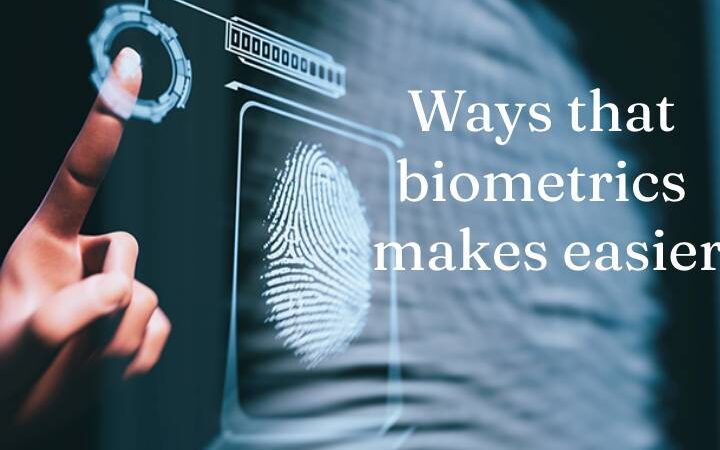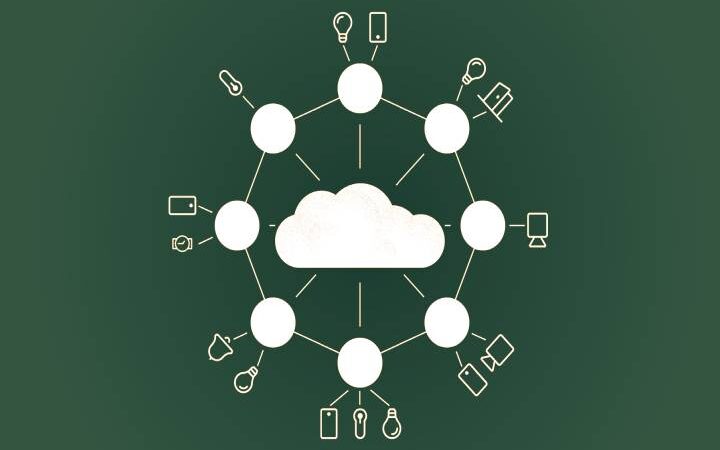What Is Blockchain?

In recent years, we have seen how the Blockchain concept gains presence both in the technological field, in the same way, that it does so in sectors as diverse as financial or health.
It is a technology that is having an overwhelming boom, mainly due to its relationship with Bitcoin and other cryptocurrencies, of which the Blockchain is its base technology.
Even so, its applications are so varied that they could be present in any technological activity in our lives.
What is Blockchain, and how does it work? It is without a doubt one of the first questions that one asks when trying to understand this technology.
And it is that its operation is complex and challenging to understand.
That is why we will try to explain what Blockchain is, each of the elements that make up a Blockchain and how it works:
Definition
The Blockchain is a data storage and generation system characterized by its information.
The property that makes the Blockchain unique is based on how all its information is distributed, which is distributed among the different devices that make up the chain of blocks.
It is a secure system that, in the first instance, is designed to keep the structure of your information intact, but in case of need for modification, it will require the approval of the change by at least 50% of the other participants.
To understand what we mean by this definition of Blockchain, let’s see each concept step by step.
What Does This Have To Do With Blockchain?
A Blockchain or Chain of Blocks is a type of database in which all the information is distributed among different containers, all connected but with each other although managed, each one, independently.
Instead of storing the information in this database to support the needs of a single owner, in a Blockchain, all the data is stored and managed simultaneously by each of the users that are part of the chain.
This piece of information, which might seem insignificant, is probably the most important in the explanation of Blockchain and is what makes this technology unique:
The fact that the entire network is coordinated simultaneously by all the owners implies that the administration is democratic and secure.
Or, as you have probably already read in some explanation of Blockchain: the administration of a blockchain is decentralized.
Although before explaining this to you, let’s better understand how the Blockchain works.
Understanding The Shape Of A Blockchain
The name “Blockchain” is not random.
We call this technology the symbolic representation in how its information is organized.
Imagine a chain made up of linked links, each with the previous link in the chain.
The Blockchain operation is based on the distribution of all the information in this database, distributed throughout the entire chain through smaller fragments equivalent to what would be linked.
We call these links a block or a node and each of its owners has a fragment of the set of information that makes up the chain.
But here’s the key: while each node owns its shard, all blocks store a copy of the entire chain’s information.
What Is A Node In Blockchain
As we have already indicated, a node is each of the fragments the Blockchain is divided into.
In practice, and for you to visualize it in your mind, a node is a computer connected to the rest of the nodes (with other computers) through the Internet or any type of private network.
The relationship established between these computers and the way they interact with each other is what, as a whole, configures and generates the Blockchain.
What Elements Does A Node Consist Of?
- Hash: It is a randomly generated fragment of the text, number, and other characters that publicly identify our node, allowing the rest of the blocks to recognize and operate with it. But that it is encrypted so that its content is only accessible by its owner when he uses his private keys.
- Hash of the previous block: As we have indicated, the Blockchain is made up of nodes, which would be equivalent to the links of the chain. How do we know the order of the blocks in the chain? Our block stores the (encrypted) hash of its predecessor in the chain to ensure dataset-relatedness.
- Information of the entire chain: Each one of the nodes (which we remind you that they are computers) stores on its hard drive all the actions, transactions, changes, and current and past information of what has happened in the history of the entire Blockchain. To give you an idea: at present, each computer that operates as a node is storing more than 300 Gb that compiles the whole history of Bitcoin.
Why Does A Node Store All The Chain Information?
The key is in the encryption or coding of your information.
A blockchain node comprises the three elements we have defined, making its identity or content unique yet recognizable yet private.
As we will see below, this factor ensures that no changes are made to the structure without this modification being accepted by the rest of the users.
This feature allows you to participate in the chain democratically, maintaining the rigidity of the entire system.
We explain how the Blockchain works and the relationship between the information of its different blocks.
Is The Blockchain Safe?
Currently, the Blockchain is one of the safest technologies that exist.
To give you an idea, since the birth of Bitcoin (the most popular Blockchain) in 2009, there has been no news of a violation of its code.
All the information is stored in as many devices as there are nodes that are part of the Blockchain, serving as a replication of the information in each one of them.
This, added to the need for democratic approval to make any type of change in the information present in each node, generates a security system based on as many teams as there are blocks in the chain.
The relationship of the information and how its values are updated assumes that they result in a unalterable structure.
To achieve this, it would be necessary to violate a percentage of more than 50% of the equipment we take for granted; each one has its security system.






